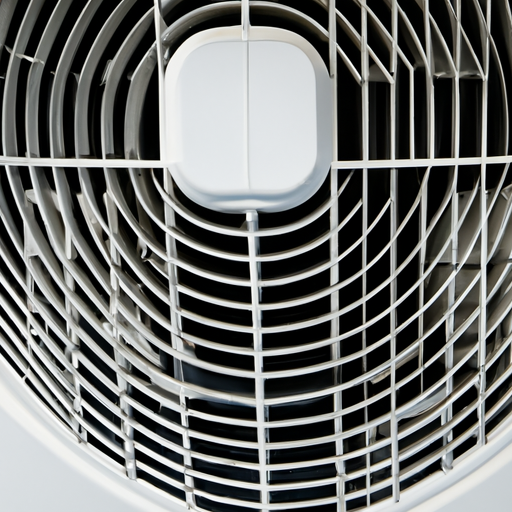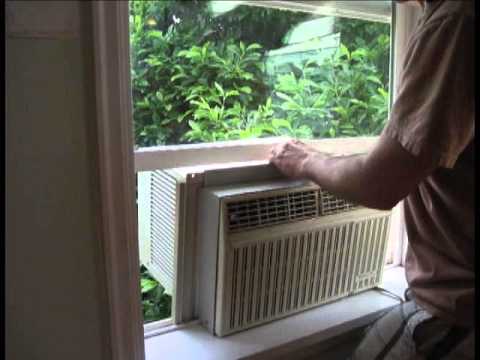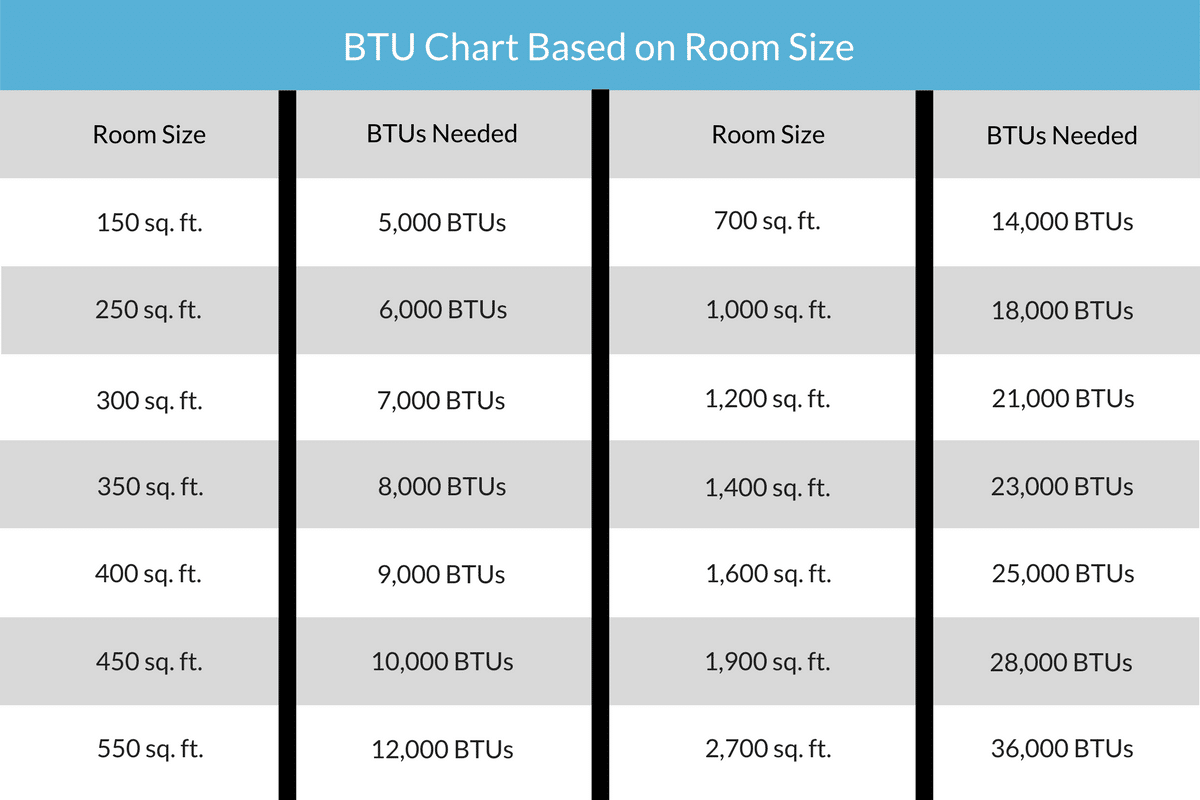So you’ve got a 1300 square foot space that needs some cooling, huh? Well, you’ve come to the right place! In this article, we’ll tackle the question of just how big of an AC unit you’ll need to keep your space comfortable and cool. We’ll explore the factors that come into play when determining the appropriate AC unit size, such as insulation, climate, and more. By the end of this article, you’ll have a clear understanding of what size AC unit is best suited for your 1300 square foot slice of heaven. Let’s get to it!
Considerations for Choosing the Right AC Unit Size
Calculating the BTU Requirement
When it comes to choosing the right size air conditioning (AC) unit for your space, one of the most important factors to consider is the BTU (British Thermal Unit) requirement. BTU is a measurement of cooling capacity, and it determines how quickly an AC unit can cool a given area.
To calculate the BTU requirement for your space, several factors need to be taken into account. By considering the square footage of the area, ceiling height, local climate, and the number of occupants, you can determine the appropriate BTU rating for your AC unit.
Factors Affecting BTU Requirement
To accurately calculate the BTU requirement for your AC unit, there are various environmental and situational factors to consider. These factors can significantly impact the cooling needs of your space and should be taken into account for proper sizing.
Insulation and air sealing are essential considerations. Well-insulated and tightly sealed spaces require less cooling power as they prevent cold air from escaping and hot air from infiltrating. On the other hand, poorly insulated areas will require a higher BTU rating to compensate for the thermal losses.
Windows and sun exposure can also affect the BTU requirement. Large windows and direct sunlight can increase heat gain, making it necessary to choose an AC unit with a higher BTU rating to combat the additional heat.
The heat load generated by appliances within the space should be factored in as well. Appliances such as refrigerators, ovens, and computers produce heat, which adds to the cooling load. A higher BTU rating may be needed to offset this extra heat.
The number of rooms to be cooled is another consideration. If you plan to cool multiple rooms, each with its own heat load, you may need to choose a larger AC unit or opt for a multi-zone system to ensure adequate cooling throughout the entire space.
Lastly, the function and usage of the rooms should be taken into account. Different rooms may have different cooling needs depending on their purpose. For example, a kitchen or a server room might require a higher BTU rating due to the heat generated from cooking or electronics.
The Importance of Proper Sizing
Proper sizing of your AC unit is crucial for numerous reasons. By choosing the right size, you can optimize energy efficiency, enhance comfort levels, and prolong the lifespan of the system.
Energy efficiency is a significant consideration when it comes to choosing the appropriate AC unit size. Undersized units will be constantly running to keep up with the cooling demand, leading to high energy consumption and increased utility bills. Oversizing, on the other hand, may cause the system to short cycle, leading to energy wastage. By selecting the right size, you can maximize energy efficiency and minimize operating costs.
Comfort level is another vital factor influenced by proper sizing. An undersized unit will struggle to cool the space adequately, resulting in discomfort and uneven cooling. Conversely, an oversized unit may cool the space too quickly, creating temperature fluctuations and potential humidity issues. By selecting the right size, you can achieve optimal comfort levels throughout your space.
Proper sizing also contributes to the lifespan of your AC system. An oversized unit tends to cycle on and off more frequently, leading to excess wear and tear on the components. This can shorten the lifespan of the unit and potentially result in more frequent repairs. By choosing the appropriate size, you can help ensure that your AC system operates efficiently and reliably for years to come.
Choosing the Right AC Unit Size for 1300 sq ft
BTU Requirement for a 1300 sq ft Space
When dealing with a 1300 square foot space, determining the BTU requirement is paramount in selecting the right AC unit. By considering factors such as square footage calculation, ceiling height, climate, and occupancy, you can determine the appropriate BTU rating for efficient cooling.
To calculate the required BTU for a 1300 sq ft space, start by using the square footage method. Generally, it is recommended to have around 20 BTUs per square foot of space. Therefore, for a 1300 sq ft area, you would need an AC unit with a minimum of 26,000 BTUs.
Ceiling height also plays a role in determining the BTU requirement. For ceilings higher than the standard 8 feet, an adjustment should be made. Increase the BTU rating by 10% for each extra foot of ceiling height. Therefore, if your space has a ceiling height of 10 feet, you would need an AC unit with approximately 28,600 BTUs (26,000 BTUs + 10% of 26,000 BTUs).
Adjusting for the local climate is crucial, as regions with hotter climates require higher BTU ratings. Consider factors such as temperature, humidity, and the number of cooling days per year. Higher temperatures and humidity levels will increase the cooling load, necessitating a higher BTU rating.
The number of occupants in the space should also be factored in. Additional occupants will generate additional heat, increasing the cooling requirements. It is generally recommended to add 600 BTUs for each extra person in the space. Adjust the BTU rating accordingly based on the number of occupants to ensure optimal comfort.
Selecting an AC Unit
Once you have determined the required BTU for your 1300 sq ft space, it is essential to select an AC unit that meets your cooling needs. Consider factors such as the recommended BTU range, types of AC units available, energy efficiency ratings, and additional features to enhance convenience and functionality.
The recommended BTU range for a 1300 sq ft space falls within the 26,000 to 30,000 BTU range. Opting for an AC unit within this range ensures that you have sufficient cooling power to effectively cool your space without overspending on a unit that is too large.
There are various types of AC units to choose from, depending on your specific requirements and installation constraints. Window air conditioners are a popular choice for smaller spaces or single rooms. They are cost-effective and easy to install but may obstruct the view from the window.
Through-the-wall air conditioners are similar to window units but are permanently mounted into the wall. They offer a sleeker appearance and are suitable for spaces without appropriate window installations. However, they require professional installation and wall modifications.
Portable air conditioners offer flexibility as they can be moved from room to room. They are easy to install and do not require permanent installation. However, they require an exhaust vent to remove hot air.
Ductless mini-split systems consist of an outdoor compressor unit connected to one or more indoor air handling units. They provide zoned cooling and are energy-efficient. However, professional installation is required for system setup.
Central air conditioning systems are suitable for larger spaces or whole-house cooling. They provide consistent cooling throughout the entire space and offer enhanced comfort and convenience. However, they are more expensive to install and require professional maintenance.
Consider the energy efficiency ratings of the AC units you are considering. Look for the SEER (Seasonal Energy Efficiency Ratio) and EER (Energy Efficiency Ratio) ratings. Higher ratings indicate better energy efficiency, resulting in lower operating costs and reduced environmental impact. Additionally, look for AC units with the ENERGY STAR certification, which signifies optimal energy efficiency.
Lastly, consider additional features that can enhance convenience and functionality. Features like programmable thermostats, remote control operation, fan speed settings, and sleep modes can provide customizable comfort and increase energy efficiency.
Recommended BTU Range for 1300 sq ft
For a 1300 sq ft space, it is recommended to choose an AC unit with a BTU range between 26,000 and 30,000. This range ensures that the AC unit has sufficient cooling power to effectively cool the space while avoiding unnecessary oversizing or undersizing.
By selecting an AC unit within this range, you can achieve optimal comfort levels and energy efficiency. Cooling a 1300 sq ft space with an appropriately sized AC unit will result in consistent and even cooling throughout the area, helping you create a comfortable environment during the hot summer months.
Types of AC Units
There are several types of AC units available in the market, each offering its own set of advantages and considerations. Understanding the different types can help you determine which option is the best fit for your needs.
Window air conditioners are designed to fit in a window opening. They are easily installed and typically cost-effective. Window units work well for cooling individual rooms or spaces, making them a popular choice for smaller areas. However, they can obstruct the view from the window and may not be suitable for spaces without appropriate window installations.
Through-the-wall air conditioners are similar to window units but are installed into a wall opening instead. They offer a sleeker appearance compared to window units and can work well for spaces that lack suitable window openings. However, through-the-wall units require professional installation and potentially involve modifications to the wall.
Portable air conditioners provide the flexibility of being able to move them from room to room. They typically consist of a unit with wheels and a flexible hose to exhaust hot air. Portable AC units are easy to install and do not require permanent installation. However, they do require an exhaust vent to remove hot air, and the noise and efficiency can vary based on the model.
Ductless mini-split systems consist of an outdoor compressor unit connected to one or more indoor air handling units. They are an excellent option for providing zoned cooling, allowing you to set different temperatures for different areas or rooms. Ductless mini-splits are energy-efficient, quiet, and offer flexibility in terms of installation locations. However, professional installation is required for proper setup.
Central air conditioning systems are ideal for cooling larger spaces or the entire house. They consist of a central unit that distributes cool air through a network of ducts and vents. Central air systems provide consistent cooling throughout the entire space and offer enhanced comfort and convenience. However, central air conditioning requires professional installation, maintenance, and the costs associated with ductwork.
Consider the specific requirements of your space and take into account factors such as installation constraints, the need for zoned cooling, and the overall cooling load to determine which type of AC unit is the best fit for your needs.
Energy Efficiency Ratings
Energy efficiency ratings play a significant role in determining the overall performance and operating costs of an AC unit. Understanding these ratings can help you choose the most energy-efficient option for your space.
The SEER (Seasonal Energy Efficiency Ratio) is a measure of the cooling output of an AC unit over a typical cooling season, divided by the energy consumed in watt-hours. A higher SEER rating indicates better energy efficiency. Look for AC units with a SEER rating of 14 or higher for optimal efficiency.
The EER (Energy Efficiency Ratio) measures the cooling output of an AC unit under a specific set of conditions, divided by the energy consumed in watt-hours. The EER rating is typically determined at 95°F outdoor temperature, 80°F indoor temperature, and 50% relative humidity. Higher EER ratings also indicate better energy efficiency.
Additionally, consider looking for AC units with the ENERGY STAR certification. This certification signifies that the unit meets or exceeds strict energy efficiency guidelines set by the Environmental Protection Agency (EPA). ENERGY STAR certified AC units are designed to save energy without sacrificing performance, reducing both operating costs and environmental impact.
By choosing an AC unit with high SEER or EER ratings and the ENERGY STAR certification, you can ensure efficient cooling while minimizing energy consumption and environmental footprint.
Additional Features to Consider
In addition to key factors such as BTU rating, type of AC unit, and energy efficiency, there are some additional features you may want to consider when choosing the right AC unit for your space.
Programmable thermostats provide the convenience of setting customized cooling schedules. With a programmable thermostat, you can automatically adjust the temperature settings based on your daily routine, saving energy by reducing cooling when the space is unoccupied.
Remote control operation allows you to conveniently adjust the settings of your AC unit from a distance. This feature can be particularly useful if you prefer making temperature adjustments without having to physically access the unit.
Fan speed settings offer flexibility in choosing the airflow intensity based on your comfort preferences. This feature allows you to select different fan speeds, ranging from low to high, ensuring optimal cooling and air circulation.
Sleep mode is designed to provide comfort during the night while conserving energy. This mode adjusts the temperature settings automatically, ensuring a comfortable sleep environment while minimizing energy consumption.
Considering these additional features can enhance the convenience and functionality of your AC unit, allowing you to create a comfortable and personalized cooling experience in your space.
In conclusion, choosing the right AC unit size for your 1300 sq ft space involves careful consideration of factors such as BTU requirement, factors affecting the BTU requirement, and the importance of proper sizing. By accurately calculating the BTU requirement and considering factors such as insulation, windows, appliance heat load, and room function, you can determine the appropriate AC unit size. Proper sizing is crucial for optimizing energy efficiency, enhancing comfort levels, and prolonging the lifespan of the system. Additionally, when selecting an AC unit for a 1300 sq ft space, it is important to consider the recommended BTU range, types of AC units available, energy efficiency ratings, and additional features that can enhance convenience and functionality. By following these considerations, you can ensure that your AC unit effectively and efficiently cools your space, providing optimal comfort throughout the year.





